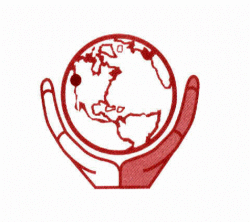Public Testimony 101:
There is a clear beginning, middle, and end.
Always start with a full name introduction of yourself, invoke any organizational affiliations you are bringing to the dais with you (could be an org, workplace, or any other affiliation that may be pertinent to the issue at hand), and if you live or work in Seattle, which neighborhood you live or work in to establish constituency. If you live outside of Seattle but work in Seattle, that is also important to reference. (30 Seconds)
The middle of the message should be driven home with no more than two or three major points as to why you are supporting this issue. If you spend the middle only focusing on one point, that’s fine. When you need to cut, this is where most of your cutting should happen. (1 minute)
The end or conclusion ideally includes a quick recap of your points and a call to action or ask the council to pass the legislation being considered, followed by a thank you for their time. If you need to trim, cut the recap. (30 secs)
Your message to the council is 2 minutes in length. There is a chance that if there are many speakers that the time will be lessened to 60 or 90 seconds, so have an idea what you can pare down before the meeting. Time yourself with your stopwatch app on the phone!
Make it personal and specific. The more you can show a heart connection to the issue at hand, the more moving it will be for the council. They want to hear about your unique experiences, or the unique experiences that you have witnessed.
You include data to back up claims when necessary. Talk to your lead to see if they can help you find the appropriate data when necessary. Data legitimizes testimony but overburden the testimony with data and you will lose engagement.
If you have any questions, reach out to your organizer! We are here to help you be successful and make you look and sound the best you can up there. Please do not hesitate to reach out if you have any questions, doubts, or insecurities. We have a big picture view of what’s going on with other people’s testimony and the experiences they are bringing to the table, so we can help you shape yours so that our collective testimony covers as many viewpoints as possible.

